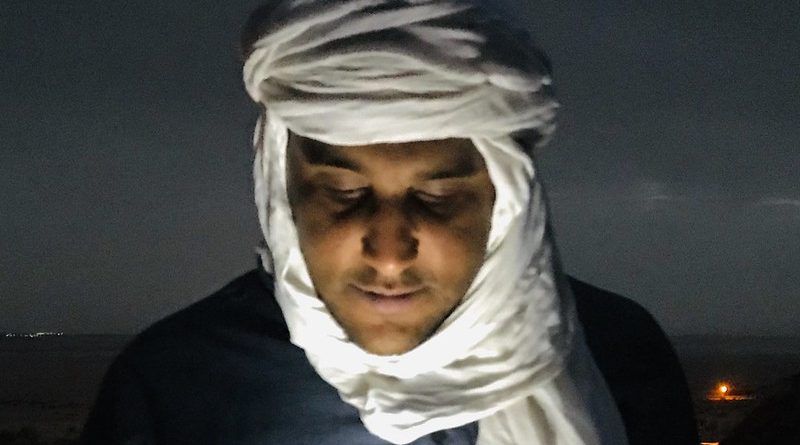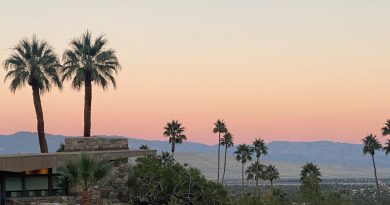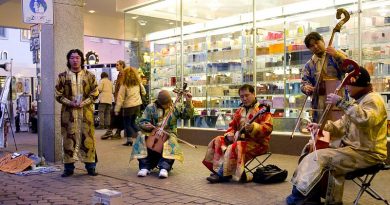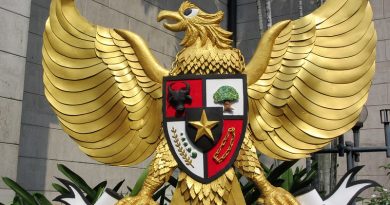North Africa’s Natives: The Berbers
When the big glacial melt occurred 10,000 years ago and created the Mediterranean sea, two peoples sprung up in North Africa – the Ibero Mauretarians on the coast and the Capsian herdsmen who lived in the Sahara. Out of these native populations sprang the Berbers and their many tribes. They that have dominated the Maghreb region of the African continent ever since.
Ethnic Origins
The Amazigh are ethnically a Caucasian race but they have relations with the Chadians of the Sudan and the Semites of Arabia. Their language is divided into numerous dialects and includes Kushitic, ancient Egyptian and Coptic.
The ancient historian Herodotus, described the Berbers as warlike and handsome, natural cavalrymen and a fiercely independent lot. In Algeria, they had kingdoms ruled by Numidian kings who played a pivotal role in the Punic wars between Carthage and Rome in the 3rd century BC. Today, Berbers constitute a quarter of Algeria’s population and three fifths of Morocco’s. In the Sahara they are known as the Tuareg.
Language
Berbers have their own hamitic language and script. Tamazight is a generic name for all of the Berber languages. They consist of many closely related varieties/dialects
The Berber language was widely used in antiquity throughout North Africa. Some believe it to be attested from as far back as the 2nd millennium BC. The script’s origin is considered by most scholars as being of local origin, although a relationship between the Punic alphabet or the Phoenician alphabet has also been suggested.
Culture
In traditional Berber societies, men take care of livestock. They migrate by following the natural cycle of grazing, and seeking water and shelter. They are thus assured with an abundance of wool, cotton and plants used for dyeing. For their part, women look after the family and handicrafts – first for their personal use, and secondly for sale in the souqs in their locality.
Berber tribes traditionally weave kilims. The tapestry maintains the traditional appearance and distinctiveness of the region of origin of each tribe, which has in effect its own repertoire of drawings. The textile of plain weave is represented by a wide variety of stripes, and more rarely by geometrical patterns such as triangles and diamonds. Additional decorations such as sequins or fringes, are typical of Berber weave in Morocco. The nomadic and semi-nomadic lifestyle of the Berbers is very suitable for weaving kilims. The customs and traditions differ from one region to another.
It is also believe that henna, oleander, sandalwood, and myrrh have the same effect, which is why Amazigh women like to do henna designs on their skin. Even their impressive kohl eye makeup is considered a traditional way of gaining self protection through creativity.
Traditionally, Berber women would have also had tattoos on their face to mark the rite of passage from adolescence into adulthood, but as tattoos are against Islamic law, henna is often used instead. Some Amazigh women also wear head coverings, called the Tahruyt, which are often colourful and embroidered. These scarves are seen as an extension of this self-expression through decorative art.
By Ian Sciacaluga




